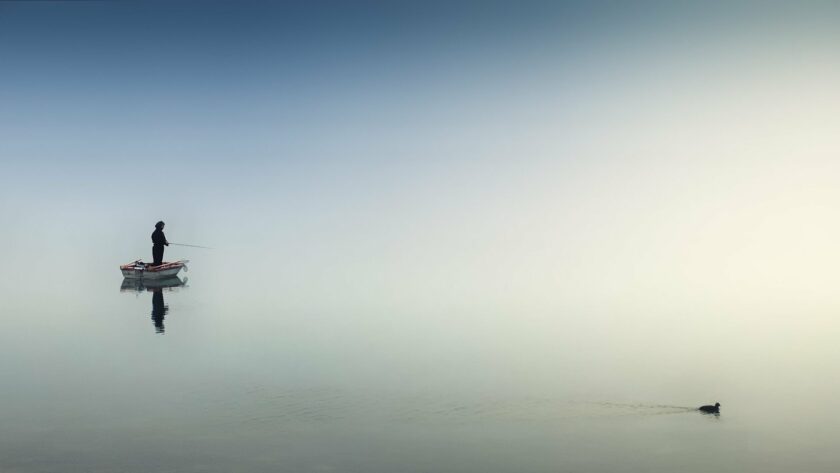How to fish with slow jigging?
Slow jigging literally means slow fishing. Conceived and developed in the Pacific, this modern fishing technique quickly met with success when it arrived in France. Unlike the classic jig, it allows you to catch different types of species. The slow fishing owes its success to the way the lure swims when it comes down. In any case, it is a good technique to fish both on the bottom and in different water layers. If you’re thinking of trying slow jigging, here’s how.
Slow jigging: how does it work?
Slow jigging is a fishing technique that differs from speed jigging in that it is very slow. It is the best method for fishing especially in deep water. It also allows you to take advantage of the boat’s drift to discover the widest area of the bottom. To succeed with a slow jig, the element not to be neglected is the metal jig. Its animation is made in horizontal swerves between two vertical casts. It also has hooks attached to pieces of braid. This type of hook is more mobile. Also, it is possible to set these hooks in opposition or in a heart shape.
When fishing with a slow jig, the rhythm is one jerk every 1-2 seconds. As you may have guessed, this is an even slower pace than with conventional jigging. This is because it gives the lure time to make a significant sideways swerve. Similarly, the retrieve on the jigging reel is even slower, as a quarter to half turn of the crank is enough to guarantee the effectiveness of this technique.
About slow jigging
Before enjoying the benefits of slow jigging, it is important to understand the animation method of this fishing technique. As a general rule, slow jigging is done vertically to control the lure. The animation is done with the heel under the armpit for good precision. The basic handling procedure consists of lowering and raising the rod parallel to the surface.
The slow jigging technique works on the basis of three different animations. The first animation is the slow pitch which corresponds to a short pull of 10 to 30 cm followed by a long pause in order to allow the jig to make a wide lateral swerve. The second animation is the high pitch which is based on short pulls, but with a higher rhythm. And between each pitch, there are short pauses. Finally, the last animation is the Long Fall, which consists of bringing the rod up very high and then dropping it suddenly without retrieving the line. With this animation, the slow jig will start to fall back like a dead leaf. At the same time, the rod can be lifted and both high pitches and slows pitches can be made.

